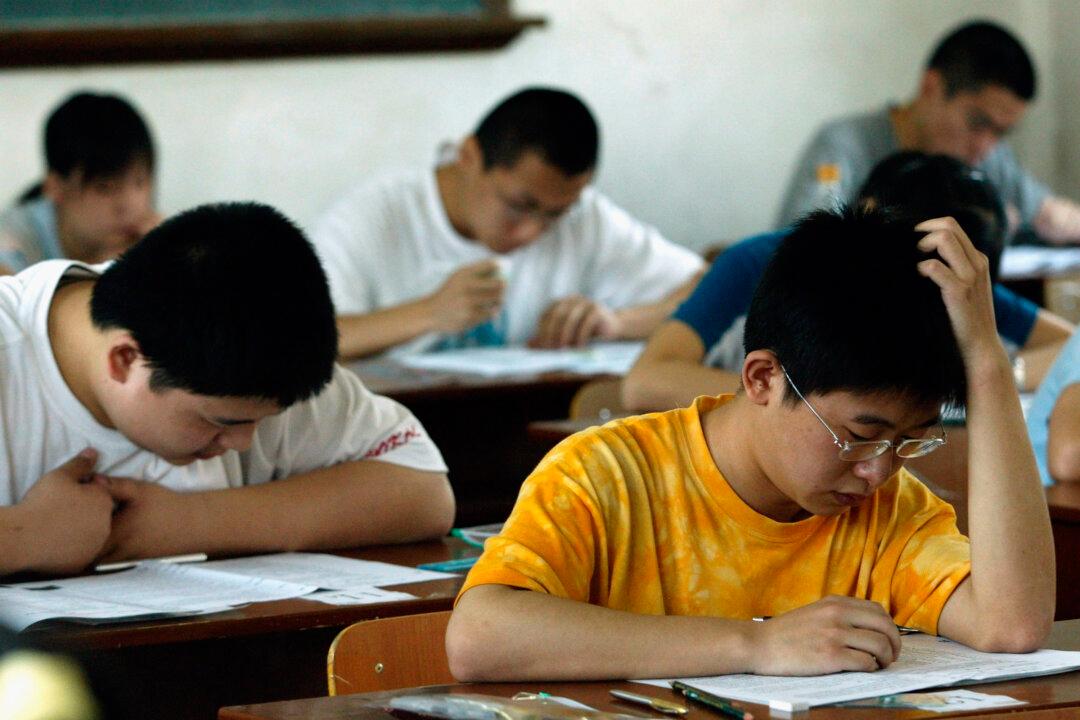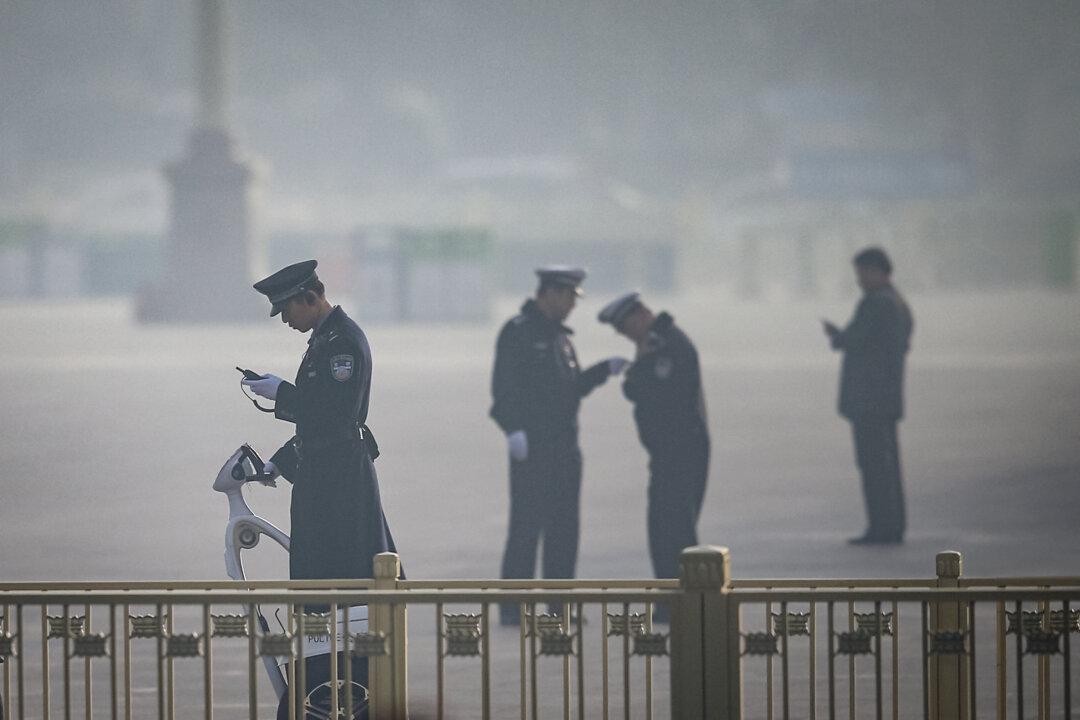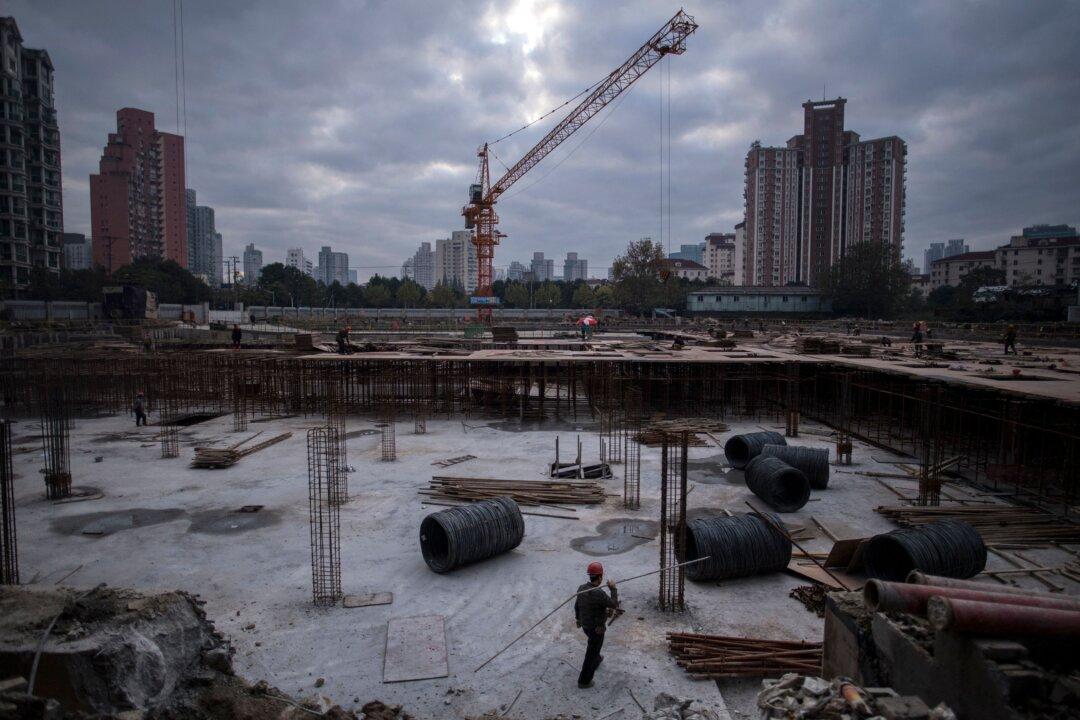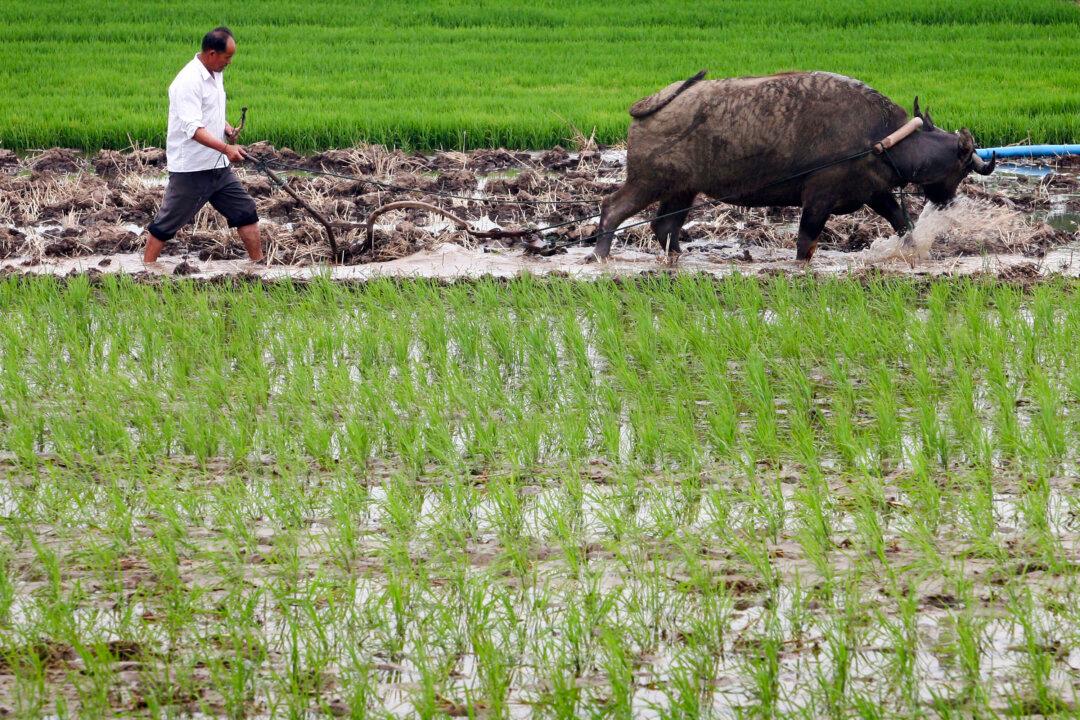Historically Russia and the former Soviet Union have not only invaded Chinese territories but also massacred innocent Chinese citizens on many occasions, and many Chinese know very little about the ethnic cleansing that took place in Vladivostok.
Li Yuanhua, a Chinese historian now living in Australia, recounted the history of Vladivostok (Hai Shen Wai) on NTD TV’s Pinnacle View program.





